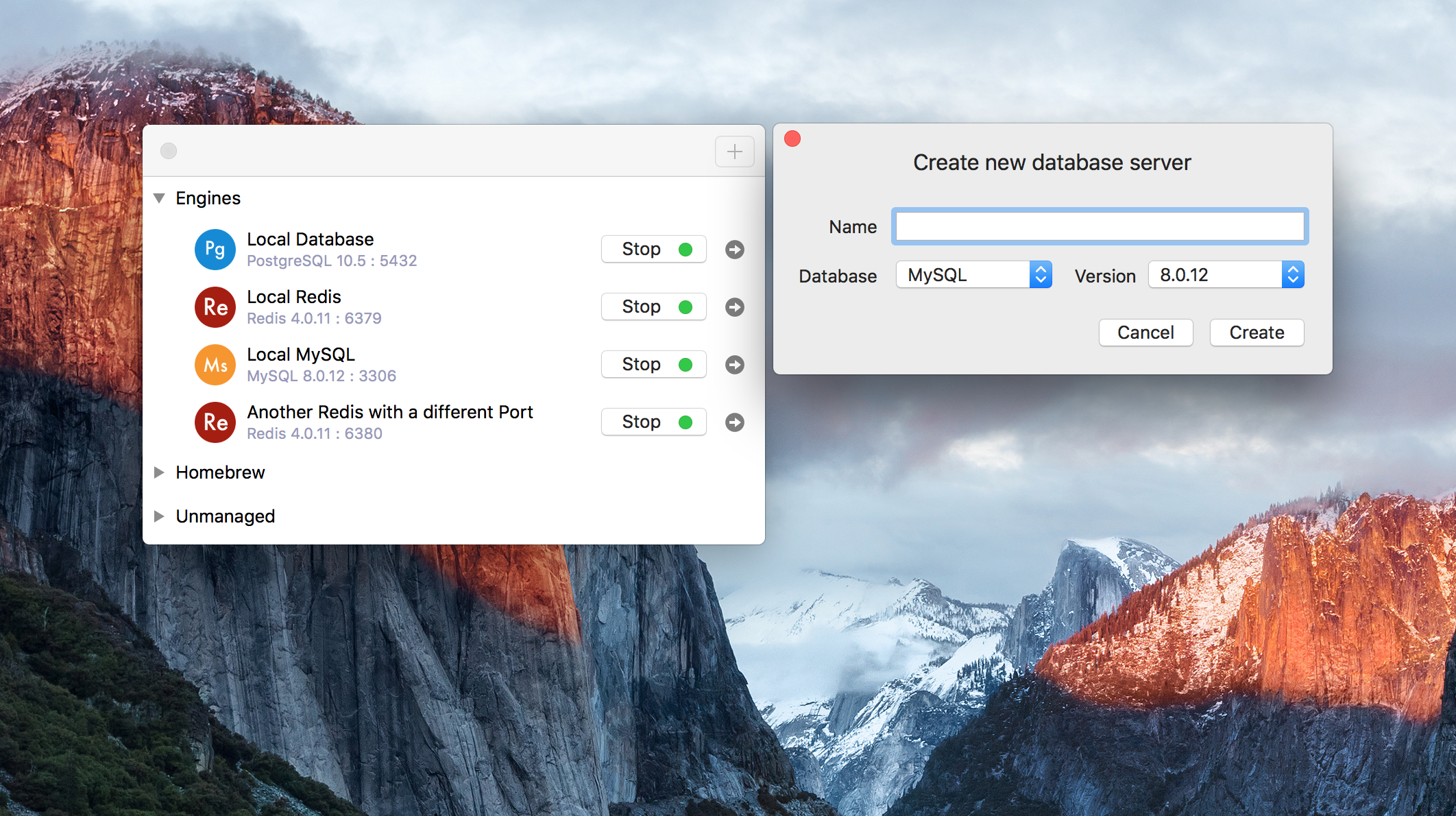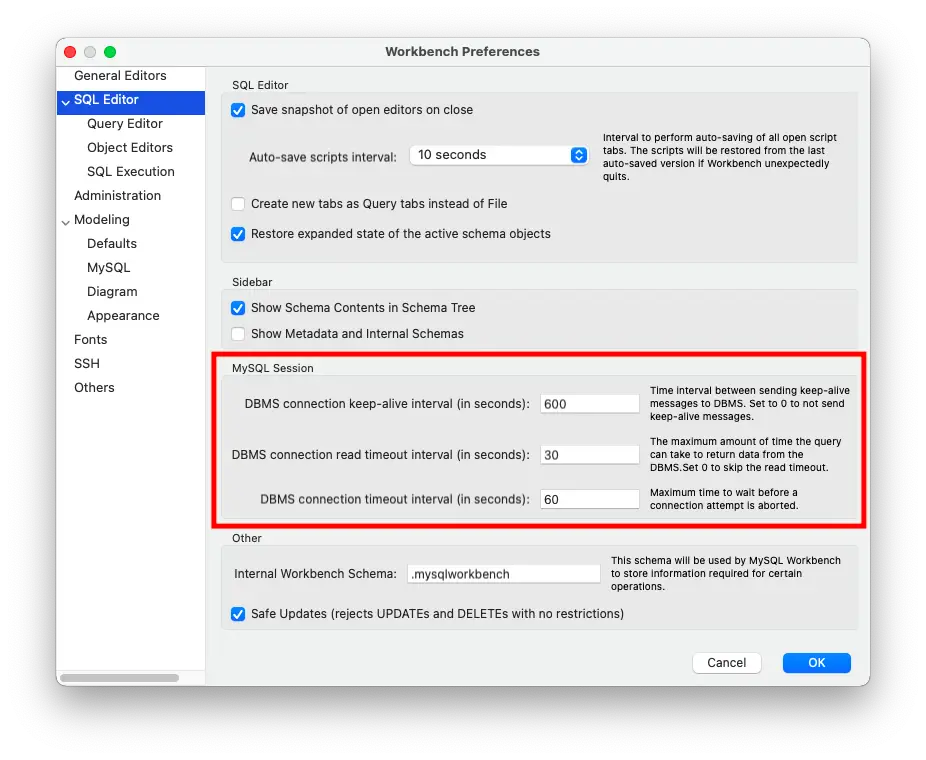
- #MY SQL SERVER FOR MAC HOW TO#
- #MY SQL SERVER FOR MAC FOR MAC OS X#
- #MY SQL SERVER FOR MAC FOR MAC#
- #MY SQL SERVER FOR MAC INSTALL#
- #MY SQL SERVER FOR MAC DRIVER#
Click here and click on download MAMP for Mac.
#MY SQL SERVER FOR MAC INSTALL#
We will install MAMP for Mac, it is easier to install on Mac and work exaxtly same as XAMPP in window. Run this command to see all the default databases for confirming that server is working: show databases.Press enter Note: There is no password required.Open CMD - run the following command: mysql.exe –h localhost –u root -p.open XAMPP and next to mysql, click on start-> You will see the background color of mysql will change to blue.Now double click on path under User variable -> click on new from top right corner -> enter %MYSQL%\bin -> press ok -> ok and close it.dmg file and then drag the Docker.app icon to your Application folder.

#MY SQL SERVER FOR MAC FOR MAC#
To download, visit the Docker CE for Mac download page and click Get Docker.
#MY SQL SERVER FOR MAC DRIVER#

Wait patiently while it downloads and installs everything. Now that Homebrew is installed, let’s go ahead and install MySQL: brew install mysql The System Preferences pane is handy, too - although it could do with providing access to a few more options, too.
#MY SQL SERVER FOR MAC FOR MAC OS X#
If you’re already up to date, you’ll get a message to that effect. The MySQL package for Mac OS X makes the basic installation procedure a snap (as opposed to the old process that required building and installing it from the command line). Which coincidentally is not long after Oracle acquired Sun which included MySQL. With the move to Server.app, Apple removed MySQL. In OS X 10.6 and prior, MySQL was included with the Server version of the OS.
#MY SQL SERVER FOR MAC HOW TO#
While we’re at it, here’s how to update Homebrew: brew update A few years ago we started writing scripts that help install MySQL on OS X. Xcode and Homebrew should be installed once those commands have been run.īut before we move on, here’s how to check Homebrew: brew doctorįollow any prompts to fix any problems that may have been encountered. The reason for this change is so that MySQL Cluster can provide more frequent updates. MySQL Cluster Community Edition is available as a separate download. Install Homebrew: /bin/bash -c "$(curl -fsSL )" MySQL Community Edition is a freely downloadable version of the world's most popular open source database that is supported by an active community of open source developers and enthusiasts. To install these prerequisites, open a Terminal window and run the following commands.

You can skip this step if you’ve already got Homebrew installed. Seeing as I’m installing MySQL via Homebrew, it requires that Homebrew is installed. The current version (MySQL 8.0.26) supports the ARM architechure.

Below are the steps that I used to install MySQL on my M1 Mac via the Homebrew package manager.Īs mentioned, this is an M1 Mac (which uses the ARM64 architecture) but that didn’t cause any issues.


 0 kommentar(er)
0 kommentar(er)
